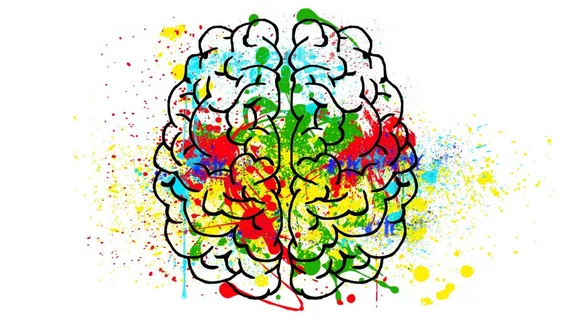The process of episodic memory—the ability of combining memories to solve problems—may be enabled by the brain’s ability to store, activate and connect specific memories in the hippocampus, according to new theoretical research published online Sept. 19 in Neuron.
Neuroscientists and artificial intelligence (AI) researchers at DeepMind Technologies in the U.K., Otto von Guericke University Magdeburg in Germany and the German Center for Neurodegenerative Diseases developed a theory suggesting that individual memories are stored separately in the hippocampus. These memories then allow retrieved memories to trigger the retrieval of further related memories and create new insight.
"Episodic memories can tell you whether you have met someone before or where you parked your car," said Raphael Koster, a researcher at DeepMind, in a prepared statement. "The hippocampal system supports this type of memory, which is crucial for rapid learning."
Specifically, the theory explores an anatomical "big-loop" connection called laminar connectivity rooted in the hippocampus that links to the neighboring entorhinal cortex and then passes back through the hippocampus, allowing the retrieval of related memories.
To test their theory, researchers analyzed fMRI scans of 26 young men and women while performing tasks. The participants were shown pairs of photographs, one of a face and one of an object or place appearing in two separate photo pairs with a different face. They were asked to draw insights when showed the picture of a face and choose between two other faces.
Patterns of activation in the hippocampus input and output were measured separately while this task was performed with all participants, according to the researchers.
A computer algorithm was also trained with AI to distinguish between activation for scenes and objects within these input and output regions and was then applied when only faces were displayed on the screen. The researchers concluded that if the algorithm indicated the presence of scene or object information on the trials, it could only be driven by retrieved memories of the linked scene or object photos.
Overall, the data showed that when the hippocampus retrieves a memory it recirculates the activation back to itself and triggers the retrieval of other related memories.
"Our findings offer a novel perspective on information processing within the hippocampus and support a unifying framework in which the hippocampus captures higher-order structure across experiences, by creating a dynamic memory space from separate episodic codes for individual experiences," the researchers wrote.

